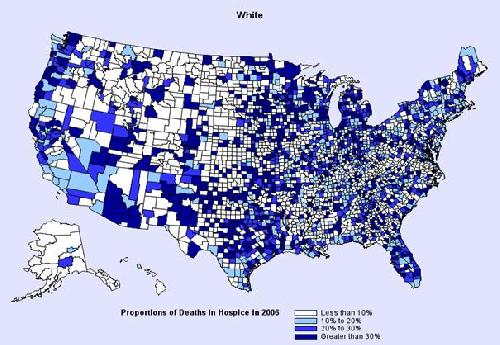Highlights
African American, Native American, and Asian dialysis patients were 43% to 44% less likely than whites to use hospice before dying.
 African American, Native American, and Asian dialysis patients were 43 percent to 44 percent less likely than whites to use hospice before dying. Research that uncovered these disparities will be presented at ASN Kidney Week Nov. 3-8, 2015 at the San Diego Convention Center in San Diego, CA. Credit: Foley
African American, Native American, and Asian dialysis patients were 43 percent to 44 percent less likely than whites to use hospice before dying. Research that uncovered these disparities will be presented at ASN Kidney Week Nov. 3-8, 2015 at the San Diego Convention Center in San Diego, CA. Credit: Foley
Research that uncovered these disparities will be presented at ASN Kidney Week 2015 November 3-8 at the San Diego Convention Center in San Diego, CA.
San Diego, CA (November 7, 2015) -- While end-of-life care in hospice settings is growing rapidly in the United States, substantial, unexplained racial disparities exist among dialysis patients. The findings come from a study that will be presented at ASN Kidney Week 2015 November 3¬-8 at the San Diego Convention Center in San Diego, CA.
While hospice is being used increasingly for end-of-life care in dialysis patients, it's unclear if racial disparities are present. To investigate, Robert Foley, MD (University of Minnesota) and his colleagues examined files from the United States Renal Data System to characterize end-of-life care for deaths occurring between 2006 and 2011 among dialysis patients.
During this 5-year period, the proportion of deaths in hospice increased from 14.7% to 24.2%, and use of hospice increased among all age groups. Hospice use varied substantially among races, though. Compared with whites, African Americans and Native Americans were 44% less likely to use hospice, and Asians were 43% less likely to do so.
"While increasingly considered as an option for end of care treatment in dialysis patients, racial disparities are profound," said Dr. Foley. "These findings highlight the need for high-quality research into the benefits, if any, of dialysis therapy in older and sicker segments of society."
source: American Society of Nephrology